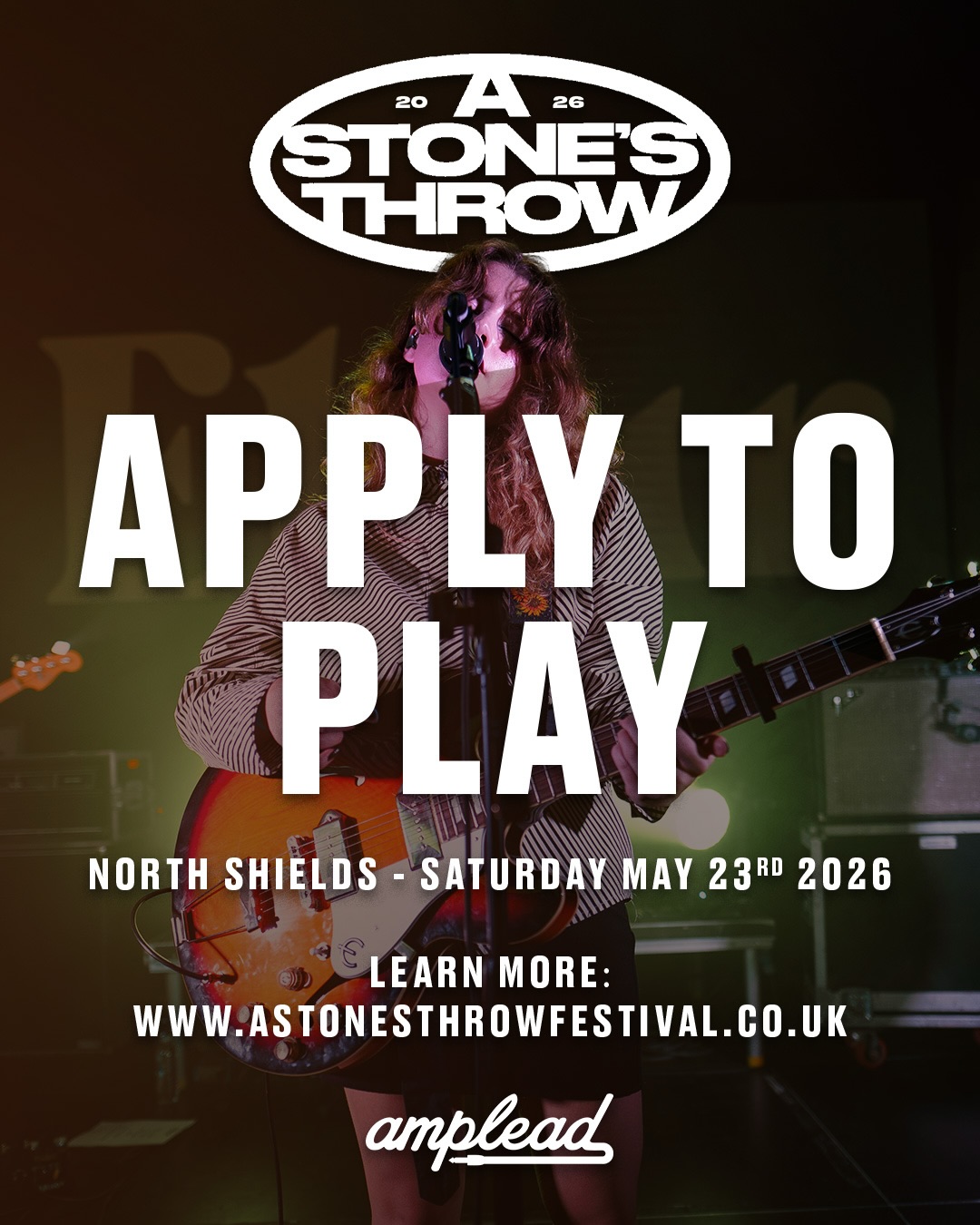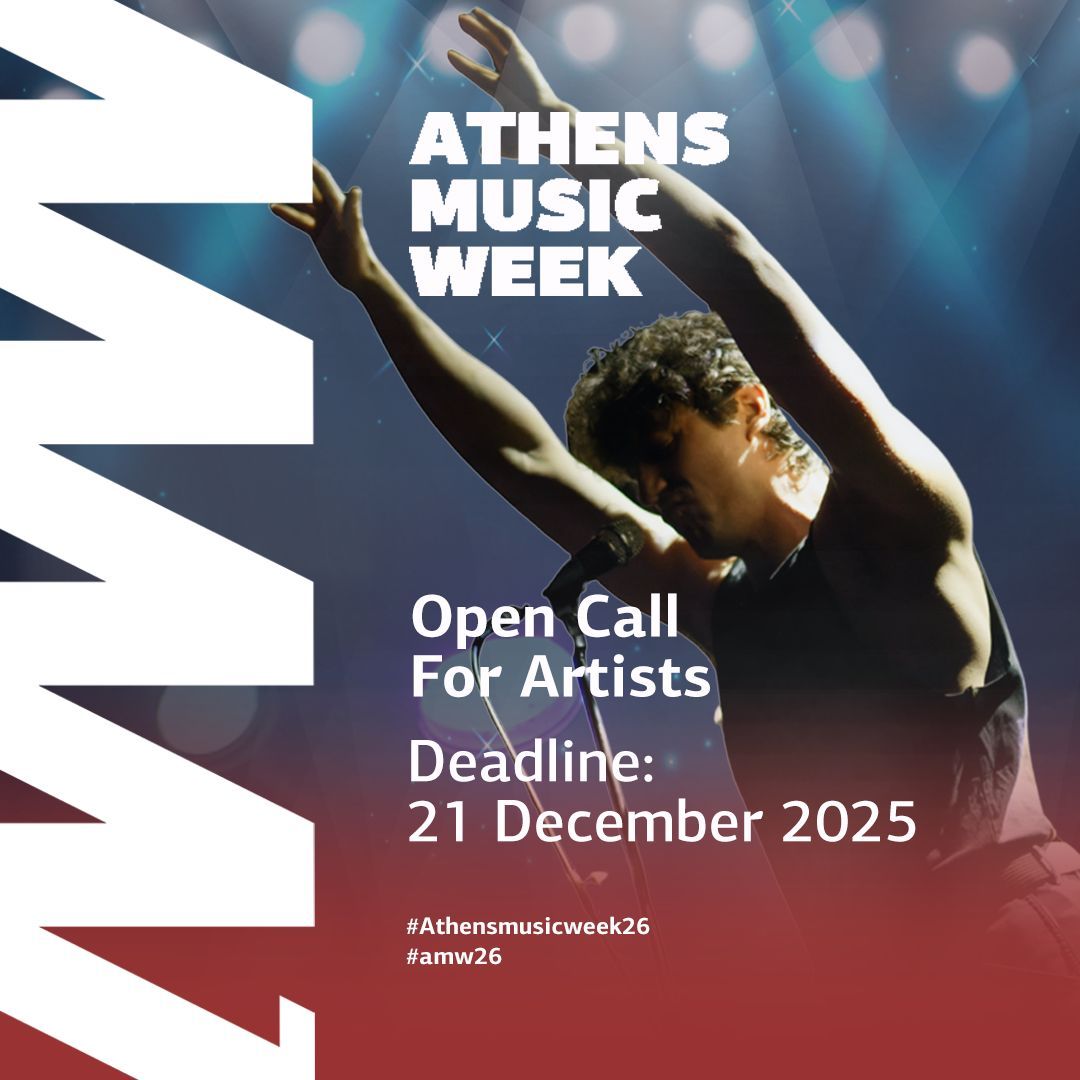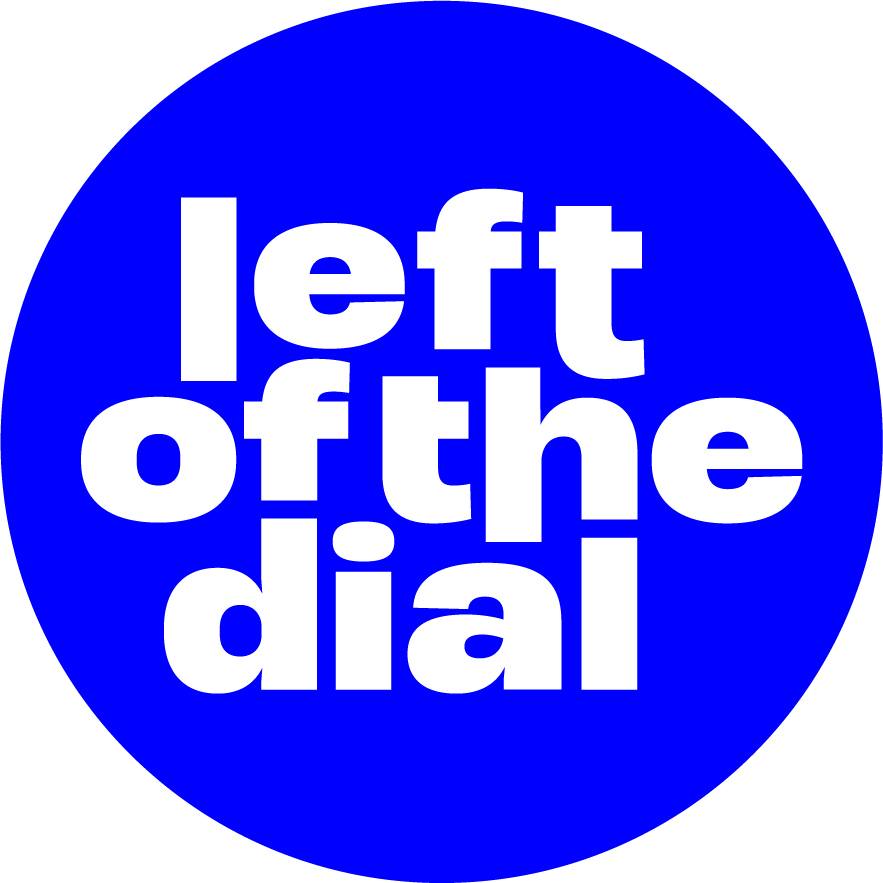As Emily White (, not ) highlighted earlier this year, the new generation of the music industry is directly focused on music fans.
Fans’ use of music has not changed:
- They do not listen to less music, it’s rather the opposite
- They still adopt a fanatical behaviour towards certain artists
- They still spend as much on the music industry as before
(in France for example, in proportion to the cost of living), according to the National Institute of Statistics and Economic Studies).
The key point of EW2′s now-infamous blog post is that music products, and their consumption, have changed. Beyond the medium of music such as vinyl, tape or CD; beyond the experience of live music; developing of the image of a band has become a priority, particularly through its merchandising.
Today, even the CD is considered merchandising. Like the print quality of a shirt, at ConfliktArts we discuss the packaging of the album as just one possible design combinations! We spend so much time with the artists on the phone, choosing with them the right brand, cut and colour of the t-shirt. Amongst the first questions we’re asked, there is always: “Do you make original and unsual merchandising?”
We are not able to answer this question! Because the medium will not make the originality of your merchandising, rather its coherence with the rest of the artistic project. When Soap & Skin makes Special Chocolate, or Amanda Palmer sells panties labeled with her name, there is a set of codes and values behind it - a meaning.
There is an artistic universe that includes the merchandising. When Wu Lyf made bandanas, the band’s radical and libertarian spirit is represented. No need to spend much money for something extraordinary! Rather, spend time designing an object, either simple or complex, that will take the band’s artistic universe to another dimension.
In marketing strategy, in promotion and career development, we can never repeat enough the importance of storytelling. Thinking about packaging or merchandising has to start from there!
Next is the financial issue. Ouch! Regarding textile choice, there are two possibilities to consider. If the band does not have a penny to their name, they should consider manufacturing 'on demand'. This means a higher price per unit and is not suitable for live performance and touring. So we go to plan B: mass production from 50 copies (the minimum quantity for t-shirts for example). This divides the cost of manufacturing by 4, however it involves a bit of logistics for shipping which will also affect the pricing policy of your merchandising.
We can also make (customised guitar picks), or other rare items, or stay with a simple jewel box or regular t-shirt. It is the experience associated with this object, IRL (e.g. a concert) or URL (e.g. a webstore) that is important, as is the interactivity.
Merchandise is sold mainly at concerts, of course. The involvement of a band in the sale of its merchandising and, at the same time building the relationship with fans, remains key. It is this relationship, even though quick, associated to the products that the fans will remember every time they wear this shirt. A unique and indelible experiment.
But this experience can go further in interaction with download cards and QR codes giving fans access to digital content. From there, we can imagine pushing the relationship between virtual and real life even further.
I happen to attend some gigs with only a €10 note in my pocket. After the gig, there’s a moment’s hestitation. Do I buy the band shirt, rather a last drink with friends? This is where mobile technology is involved. Why not add a QR code to your booth with direct access to your online store where tortured people like me can directly buy merchandising and even go home with the album downloaded on their smartphone, for example?
Overall, the virtual tools here serve to highlight a bigger current trend: merchandising is a loss leader for music itself, an invitation to the artist’s own creative world.
Designing merchandising should no longer be done in a dilettante way, rather considered as vital as the artwork of an album. Especially in the current industry context, merchandising has become a major source of incomes for artists.
We return to the example of Amanda Palmer who caused a sensation with her . Looking at the numbers, there are three types of “products” acquired by the fans:
- 1/3 of the sum for the musical medium (MP3, CD or vinyl)
- 1/6 of the money raised goes to the sale of private concerts and therefore (fan) experience
- Merchandising represents 50% of the $ 1,100,000 collected by Amanda Palmer.
You must therefore consider the best possible match between storytelling and interactivity of your merchandising and the act of selling, in order to give each fan a unique experience related to the purchasing process.
assist amateur or professional music groups in Europe offering both technical and musical expertise, as well as in fields including artistic development and graphic design. Its references include labels Because Music (Syd Matters, Charlotte Gainsbourg, Metronomy, Selah Sue, Plasticines), Savoir Faire Cie (Bewitched Hands, Birdy Nam Nam), Atmosphériques and Record Makers, plus events like the Pitchfork Festival and La Villette Sonique.
conflikt arts, music merchandise, unsigned bands, unsigned artists, band merch, tour merch







